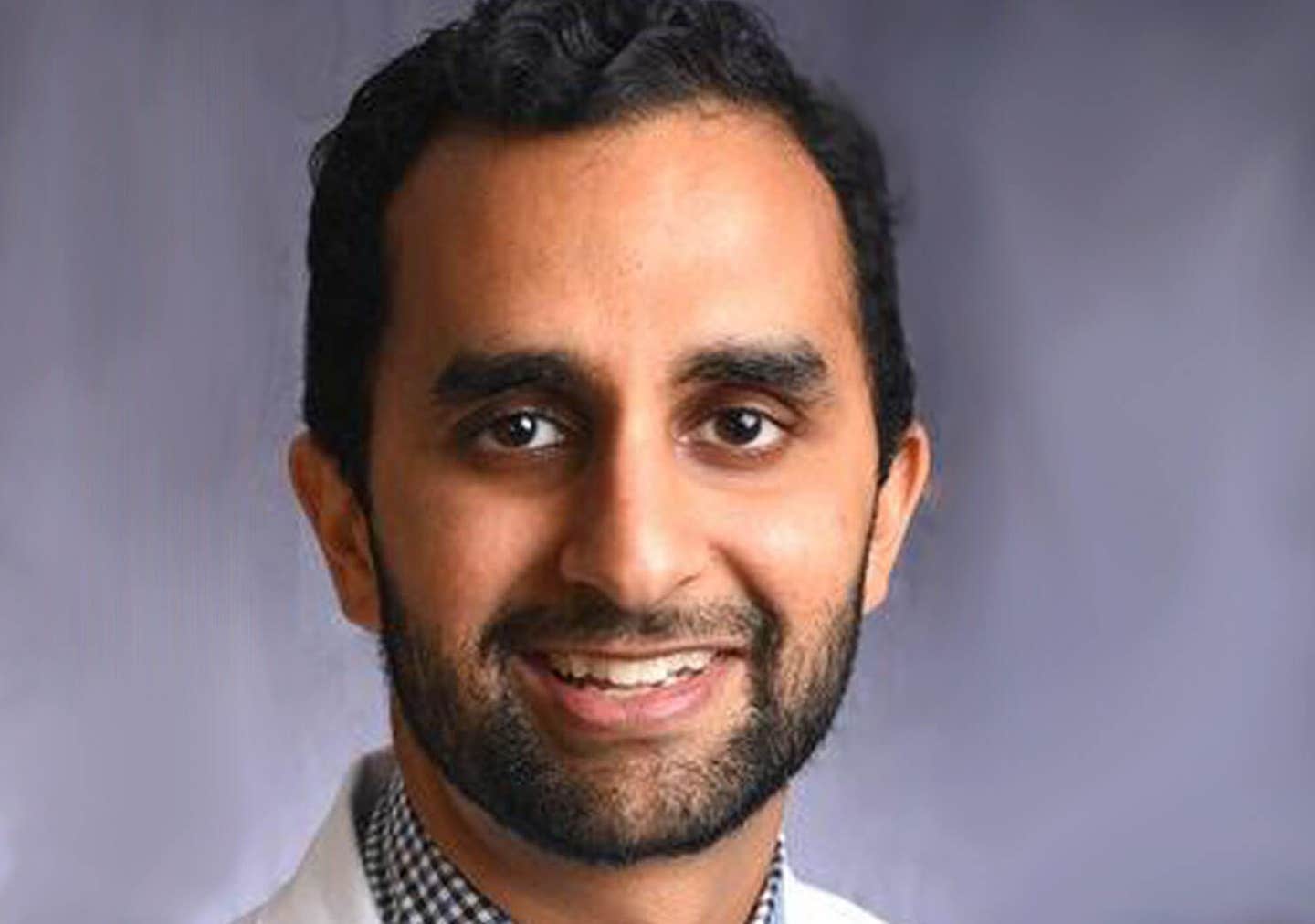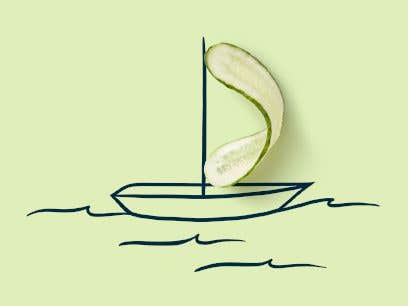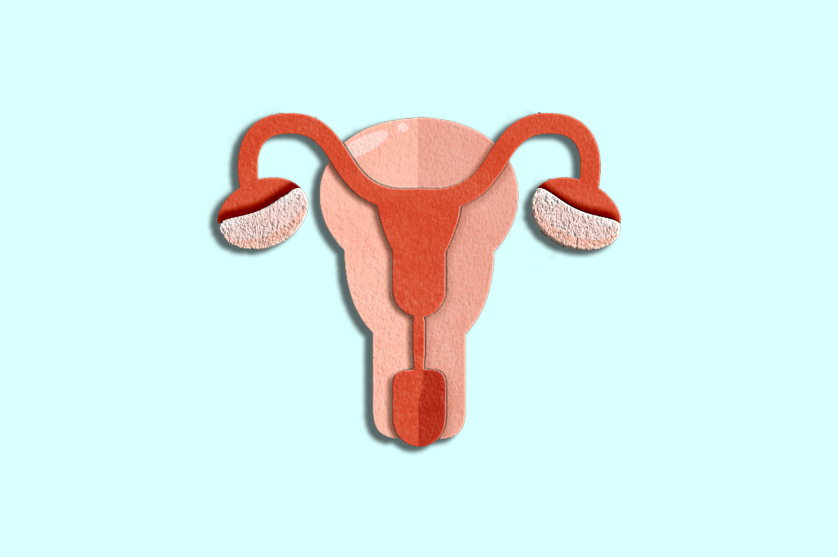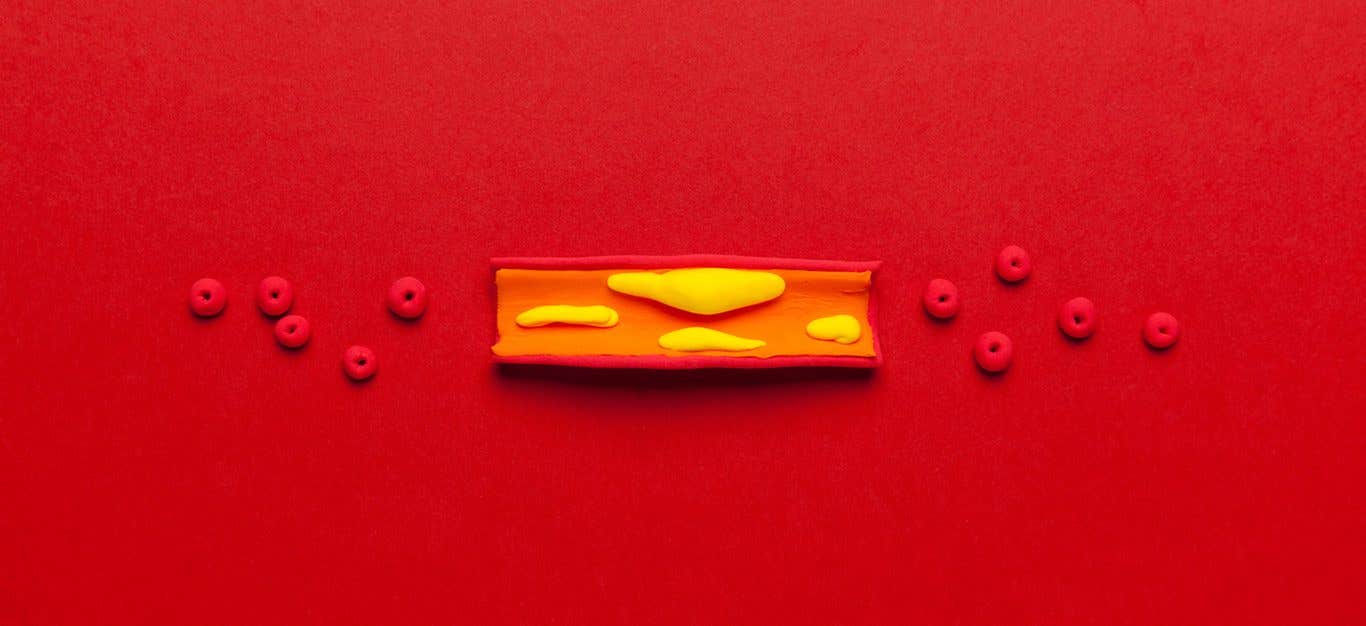HEALTH TOPICS
Got High Blood Pressure? Here’s How to Bring It Down Naturally
As scary as it sounds, half of U.S. adults now have high blood pressure, and more will have it as they age. Read on to learn what constitutes high blood pressure and what you can do to bring yours down.
Blood Pressure: How High Is Too High?
In November of 2017, the American Heart Association and the American College of Cardiology released new guidelines on high blood pressure, or hypertension, stating that the cutoff for diagnosis is now 130/80. (Previously, the cutoff was 140/90.)
As a result of this change, millions of people with blood pressures that were previously considered normal, like 134/82, now meet the clinical definition for high blood pressure. Under the current guidelines, even a blood pressure with the top number in the 120s is considered to be “elevated,” which means it carries a higher risk for heart disease and death.
| CATEGORY | Systolic (upper number) | Diastolic (lower number) | |
| Normal | Less than 120 | and | Less than 80 |
| Elevated | 120 – 129 | and | Less than 80 |
| High Blood Pressure Stage 1 | 130 – 139 | or | 80 – 89 |
| High Blood Pressure Stage 2 | 140 or higher | or | 90 or higher |
| Hypertensive Crisis (consult doctor immediately) | Higher than 180 | and/or | Higher than 120 |
Source: American Heart Association
High blood pressure is common, affecting 116 million Americans.
Under the current guidelines, 30% of men and 19% of women under age 45 have high blood pressure. If you don’t have it, you likely will sooner or later: Nearly 90% of U.S. adults develop high blood pressure during their lifetimes.
The scary part is how dangerous the condition can be over time. Often described as a “silent killer,” high blood pressure doesn’t always cause symptoms, which is why having your blood pressure checked is vital. Untreated high blood pressure can lead to heart failure, stroke, kidney disease, heart attack, and even death.
Proven Strategies for Lowering Blood Pressure Naturally
If you are diagnosed as having high blood pressure, you may not need blood pressure medications immediately. Whether you need medication depends on how high your blood pressure is, if you have other diseases (like kidney disease or diabetes), and your long-term risk for having complications from high blood pressure.
More importantly, basic lifestyle changes can help prevent or reverse high blood pressure for many people. The most important changes to make include the following:
Lifestyle Changes Are an Effective Tool
These interventions can be effective depending on the magnitude of the lifestyle change. In one study, 76% of participants who followed a vegan diet for one year were able to discontinue or drastically reduce their medications. However, adhering to these seemingly simple changes can be difficult.
Nevertheless, many of these “lifestyle interventions” are routine for traditional societies that generally have low rates of hypertension. High blood pressure is not a natural part of the human aging process. For example, populations in rural China and rural Africa do not have age-related increases in blood pressure, although this is rapidly changing as Western habits percolate globally.
Immigrants to Western countries develop an increased risk of high blood pressure after arriving, which only continues to rise as more time is spent in the West. This pattern is thought to be caused by adopting a Western diet and decreasing physical activity. Changes in lifestyle can undoubtedly raise—–or lower—–your blood pressure.
Even though statistics say you will probably develop high blood pressure during your lifetime, it doesn’t necessarily have to be that way.
About the Author

About the Author
Shivam Joshi, MD
Dr. Shivam Joshi is a board-certified physician with an interest in plant-based health and evolutionary diets. He serves as a clinical assistant professor at the New York University School of Medicine. He completed his nephrology fellowship at the University of Pennsylvania. He received his bachelor of science from Duke University and his MD from the University of Miami. He completed his residency in internal medicine at the University of Miami/Jackson Memorial Hospital. Joshi has published over a dozen scientific articles on various topics in medicine. He is currently writing a book on the adverse health effects of a carnivorous diet. You can follow him on his blog and on Twitter.
SIMILAR ARTICLES
Join our mailing list
Get free recipes and the latest info on living a happy, healthy plant-based lifestyle.
By providing your email address, you consent to receive newsletter emails from Forks Over Knives. We value your privacy and will keep your email address safe. You may unsubscribe from our emails at any time.





